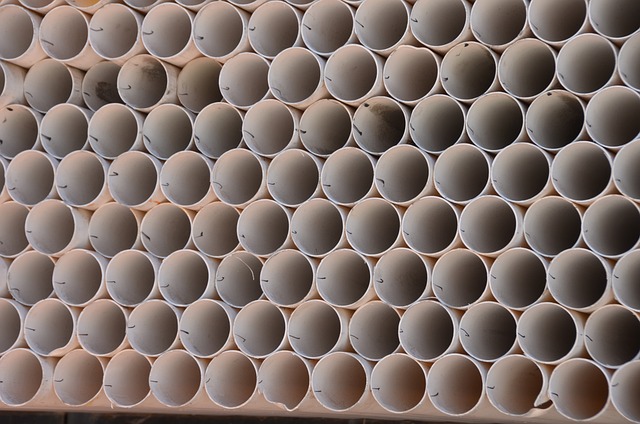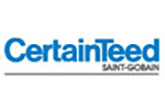When it comes to roofing materials, there are many options to choose from. Two of the most popular choices are PVC and TPO. But what exactly are these materials, and how do they compare to each other? Let’s take a closer look.
What Is PVC?
PVC, or Polyvinyl Chloride, is a synthetic plastic polymer that is widely used in construction, including roofing. It is composed of ethylene and chlorine, which are combined to create a strong, durable material. PVC is often referred to as “vinyl” and is used in a variety of applications, including pipes, flooring, and window frames.
What Is TPO?
TPO, or Thermoplastic Polyolefin, is a single-ply membrane made of ethylene propylene rubber and polypropylene. It is a relatively new roofing material that has gained popularity in recent years due to its excellent weather resistance, durability, and strength.
PVC Vs TPO
PVC Vs TPO is a comparison that often comes up in the roofing industry when deciding which type of membrane best fits a given project. While it depends on the specific building, the type of roof, and the customer’s preference, PVC and TPO offer a wide range of benefits.
PVC (Polyvinyl Chloride) membrane roofing is one of the market’s oldest and most popular roofing types. Its white-gray membrane with a bright, glossy surface can recognize it. PVC is popular among commercial property owners because of its durability and long life. It is also widely considered the most weather-resistant of the two types, with good UV, heat, and cold resistance. PVC is also fire retardant, meaning that it can minimize potential damage from fires and keep the interior of the building cool during hot weather.
TPO (Thermoplastic Polyolefin) is the newer of the two types of membrane roofing materials. It is a light-gray color with a smooth, textured surface. TPO membrane is more lightweight than PVC and can be installed faster, making it an excellent choice for cost-conscious property owners. It is also highly durable due to its polyester reinforcing scrim, which helps increase the membrane’s tensile strength over time. Like PVC, TPO is also flame-retardant and resistant to UV, heat, and cold, making it a reliable choice for year-round protection.
Overall, both PVC and TPO offer a wide range of benefits, making them ideal for many types of roofs. PVC is slightly more durable and resistant to UV, heat, and cold, while TPO is lighter and easier to install. Ultimately, the type of roofing material chosen should be based on the needs of the specific building and the customer’s requests. No matter which type is chosen, both offer superior protection and can help extend the roof’s life for many years.
Composition And Cost
PVC is a thermoplastic material that is available in a variety of colors and thicknesses. It is usually less expensive than TPO, making it a popular choice for budget-conscious consumers. PVC roofing membranes are also more flexible, which can make them easier to install in certain applications.
TPO, on the other hand, is made of a blend of materials that include ethylene propylene rubber and polypropylene. This combination of materials makes TPO more expensive than PVC. However, TPO presents superior results for tear and break strengths, making it a better option for buildings that may be exposed to harsh weather conditions.
Weather Resistance And Durability
Both PVC and TPO offer excellent weather resistance and durability. PVC roofing membranes are resistant to puncture and weathering, making them a popular choice for areas with extreme weather conditions. They also offer superior UV resistance, which can help to reduce energy costs by reflecting sunlight away from the building.
TPO is known for its superior weather resistance, making it an excellent choice for buildings located in areas with high levels of UV exposure or extreme weather conditions. TPO roofing membranes are also more resistant to punctures and tears than PVC, which can help to extend the life of the roof.
Conclusion
PVC and TPO are both excellent roofing materials that offer a range of benefits. PVC is less expensive and more flexible, making it a good choice for budget-conscious consumers or projects with less demanding needs. TPO, on the other hand, is more expensive but offers superior weather resistance and durability, making it an ideal choice for buildings that may be exposed to harsh weather conditions.
Ultimately, the choice between PVC and TPO will depend on a variety of factors, including the location and climate of the building, the budget, and the specific needs of the project. Consulting with a roofing professional can help to ensure that the best material is chosen for the job, and that the roofing system will provide reliable protection for years to come.









